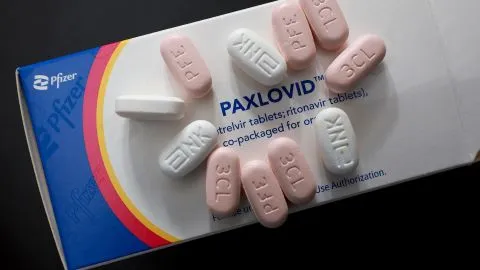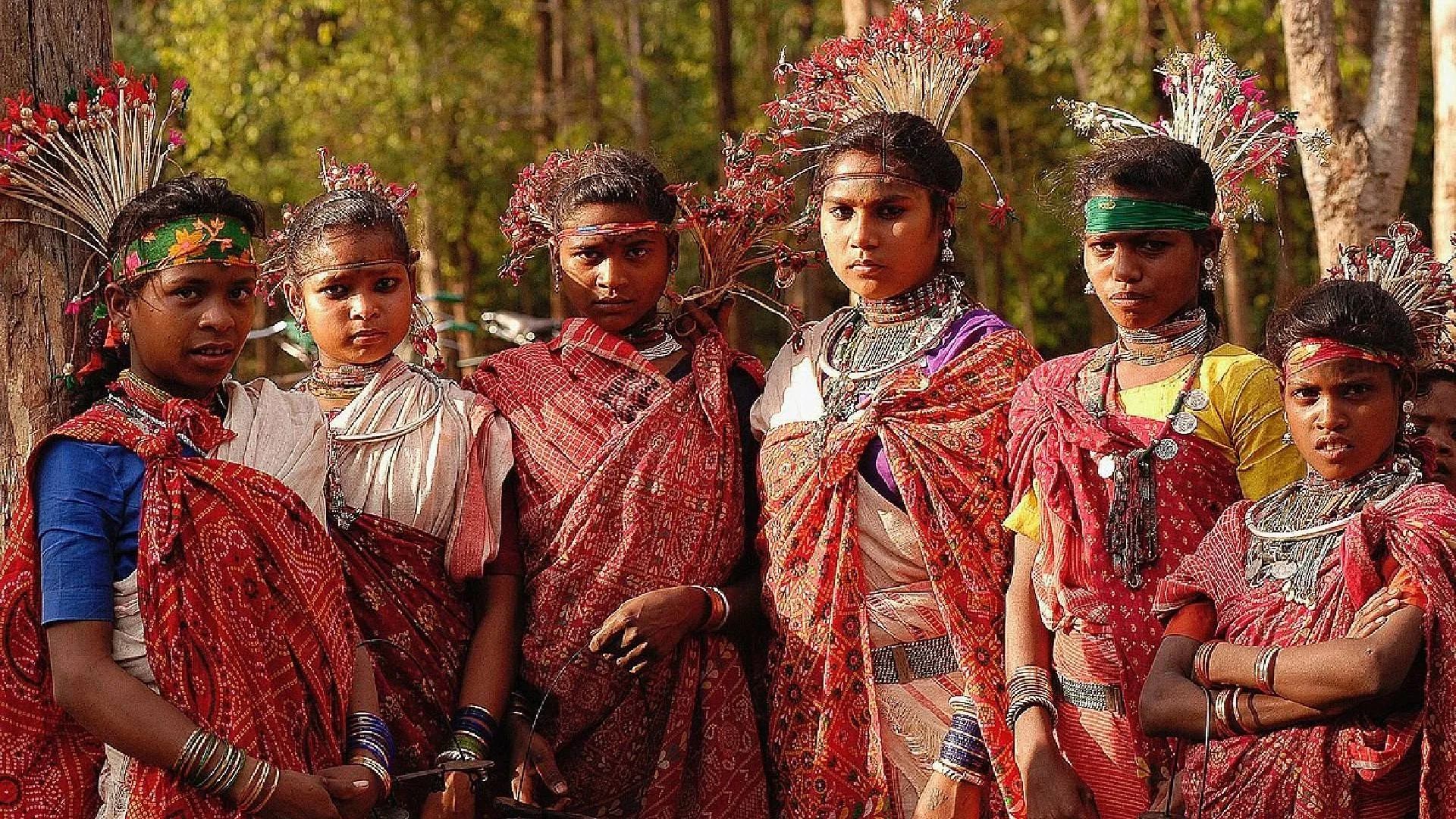Indian media is obsessed with crime, cinema and cricket. If one adds politics to this, there is no place for any other news, howsoever important it may be. We hardly realise that we can enjoy all these only if we survive and it is time that the focus is changed to the survival issue. Civilizations have collapsed when rivers changed their course. People had not discovered ways to extract water from underground. Water availability was the main reason for human settlements along the rivers. It provided drinking water, helped in irrigation and gradually started being worshipped. Misuse, abuse and overuse of water by an ever-increasing population have brought us to a situation of water crisis. The focus on water sustainability was the theme of Prime Minister Narendra Modi’s address at the first All India Annual State Ministers’ Conference on water on 5 January this year. He stressed the need for water conservation and said, “Our rivers, our water bodies are the most important part of the entire water ecosystem”. He asked governments to promote peoples’ participation to make water mission successful. For those who think they can get uninterrupted water from their taps must know that by 2050, if things are not brought under control, the world is in for an acute crisis of drinking water. Not only will the water be rationed, it may be available only to those who would be able to pay. Governments across the world may impose water cess or privatise water use because scarcity would create business opportunities for predators. The UN has already warned that close to 5 billion people in the world would face acute water shortage by 2050. This was the theme of the World Water Conference organised by the Dharwad unit of WALMI (Water and Land Management Institute) on 24 and 25 January. Representatives from more than 20 countries participated at the conference which also had representation from hundreds of NGOs and farmer and government representatives. India’s most acclaimed waterman Dr Rajendra Singh made some enlightened observations. Rajendra Singh, like all activists, was full of energy. While he was critical of the decisions made by policy makers, he supported the steps taken by the Narendra Modi government to clean rivers and create more bodies. To a pointed question on the government’s decision to create Amrut Sarovar in all districts, he said this was a welcome decision but should not become a case of new wine in old bottles. For me, it was an eye-opener and going to such conferences does change one’s outlook by bringing one face to face with reality. Experts highlighted how water bodies could be saved, and best practices of the world in water management could be shared and implemented. One message was loud and clear that water like any other natural resource is property of everyone and no individual can manipulate its use. As for example, some people dig inside the Earth to get underground water for personal use. But the water belongs to the community. The community should decide how best to use the water. This calls for government intervention so that water mafias are stopped from exploiting water for profiteering. Though the government is doing a splendid job of providing tap water to remotest of areas under “Nal se Jal” scheme, there may not be enough drinking water tomorrow to run through the taps. The government faces serious challenge of taking taps to deprived sections and also organising better management. Only about three per cent of Earth’s water is available for use by humans for drinking. Rest 97% belongs to seas and are saline and unfit for drinking. Out of this thee per cent only 1.2% is available in the form of free-flowing rivers and ground water. Rest is locked in ice and frozen form. The fight of humans is for this only. Most of this is used in agriculture. Water is scarce. The increasing population is putting stress on water availability. A situation is fast approaching where available water would be much less than the human demand. Unless everyone realises the need to act now, this may be too late. The coming generation would suffer massively. It is not that solutions are not available. Solutions demand disciplined life and massive awareness campaign. We must be ready to accept lifestyle changes. Acute awareness is needed that if you use more water you are depriving others of the same facility. And being the common property of society, it belongs to all. During her visit to Israel, late Sushma Swaraj sought to know how the country had adopted drip irrigation. She was told by enthusiastic officials that for that she could visit Gujarat where drip irrigation had become very popular under the slogan each drop more crop coined by Narendra Modi for his state. Ever since then, while some states have adopted drip irrigation and other effective mechanism in agriculture, others have lagged behind. Why should a State with scarce water facility focus on growing paddy that needs massive water. To grow 1 kg of paddy, one requires more than 2,500 litres of water. This explains why paddy production has traditionally depended on rainfall and why government is stressing that farmers should change cropping pattern to save water. The crucial freshwater source, our rivers are getting dried up due to overuse, and polluted due to drainage of industrial waste and sewers. There was a time when people worshipped rivers and could not imagine doing anything to pollute her. The tradition and culture taught people to respect nature. The culture of the West has led to perpetual decline. The Central government has already launched the Namami Gange Programme to clean and conserve water in the Ganges. Some State Governments have also taken steps to clean the rivers and various tributaries flowing into them. Other State Governments need to take similar measures. Experts dealing with water and environment conservation are aware of the issues facing the mankind. Instead of discussing among themselves they need to devise ways to make people aware. Experts should form teams and try to connect with as many farmers as possible. They have to demonstrate results to change habits of farmers. More than 70 lakh hectares of land in India are being cultivated under ‘More crop per Drop’ scheme, but there is a vast majority of farmers who continue to use old techniques of agriculture based on massive irrigation and fertilizers. This has led to depletion of water tables. The answer to better water management is peoples’ participation. The education needs to begin from the preprimary level of education where the child is the most receptive. While environment as a whole is a part of the school curriculum focus on water and its availability is missing.
















